Five tips for dealing with frozen meals
For many of us, the last thing we feel like doing at the end of an exhausting day is preparing dinner. So we resort to grabbing take-out on our way home or we throw something super quick (but relatively unhealthy) into the oven. Home-cooked frozen meals, however, provide us with an option that’s both convenient and wholesome, so the whole family can eat well, while preparation time is kept to a minimum.
The thing is, handling frozen food properly is an art that has to be perfected. Freeze, store or defrost meals incorrectly and you can seriously compromise both flavour and the quality of the ingredients. In this post, we offer up a few tips on how best to deal with frozen meals so that you can ultimately serve up convenience dishes that taste like they were made only minutes ago.
Your guide to handling frozen meals
1. Pick packaging carefully
When air comes into contact with frozen food, it can result in what’s called “freezer burn”, which presents in dry, leathery spots and alters the flavour and texture of the meal. For this reason, it’s essential that food is wrapped in airtight packaging before it’s frozen – this way you can preserve the integrity of the dish for much longer. When purchasing frozen meals from a store or catering company, always double-check that they’re sealed tightly, and when freezing food cooked at home, be sure to triple-wrap in foil or use impermeable plastic, like Ziploc bags.
2. Maintain a consistently low temperature
If frozen food starts to thaw while you’re transporting it from its source to your home freezer, bacteria can begin to multiply and compromise its quality. So, get items into your freezing unit as quickly as possible, and once they’re there, make sure that the temperature remains at or below -18֯C – you could even keep a thermometer in your freezer to make sure that it stays consistently cold.
3. Don't freeze meals for too long
Theoretically, you can safely freeze food indefinitely if the conditions are right, but leaving meals in the freezer for too long can negatively impact their quality and freshness. Ideally, you should store frozen casseroles, soups and stews for no longer than two to three months, and dishes that include bacon or sausage for no more than one to two months. If your freezer can’t maintain a consistent temperature or is opened often, this further reduces the ideal maximum storage time. In order to keep track of how long meals have been frozen for so you can cook them timeously, remember to label and date every item before you place it in your freezing compartment.
4. Defrost meals safely
When the time comes to defrost your frozen food, it’s critical that you employ one of the recommended thawing methods. The best option is to defrost food slowly by moving it into the refrigerator – this does, however, require some forward thinking as thawing can take over 24 hours. An equally effective approach, if done properly, is the cold water bath, but remember to change the water regularly so that it remains below room temperature. Alternatively, you can always defrost meals using your microwave’s dedicated function.
5. Pay attention to presentation
Sure, you can always just flop a defrosted meal onto a plate and eat or serve it like that, but then it’s not going to look nearly as good as it tastes. If you’re dishing up a meal from your freezer for dinner, why not give some thought to presentation and aesthetics. You can follow a similar approach to the one we recommended for take-out meals: choose large, elegant plates; adopt the clock method for positioning ingredients; play with height and layers; inject a pop of colour using a sauce or garnish; and pair the dish with a well-made, interesting drink.
